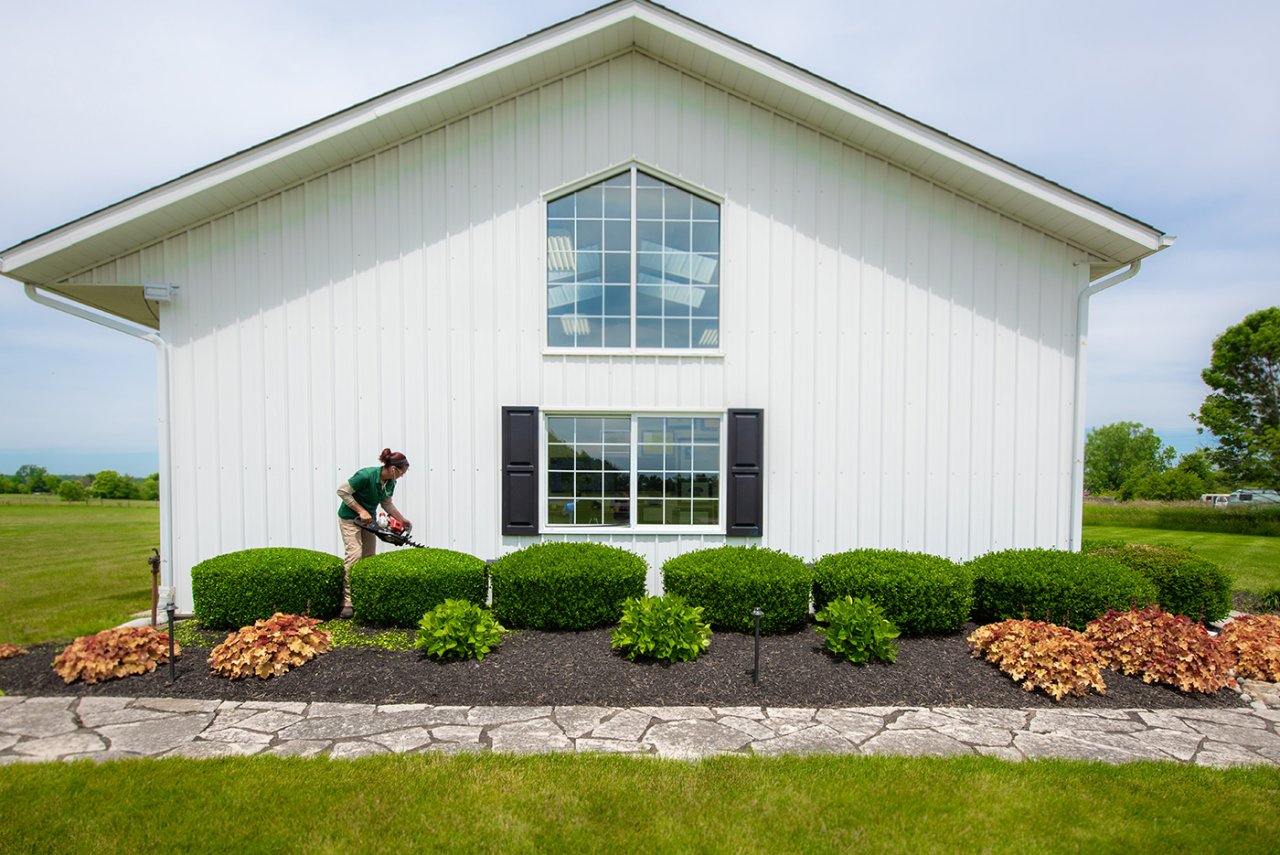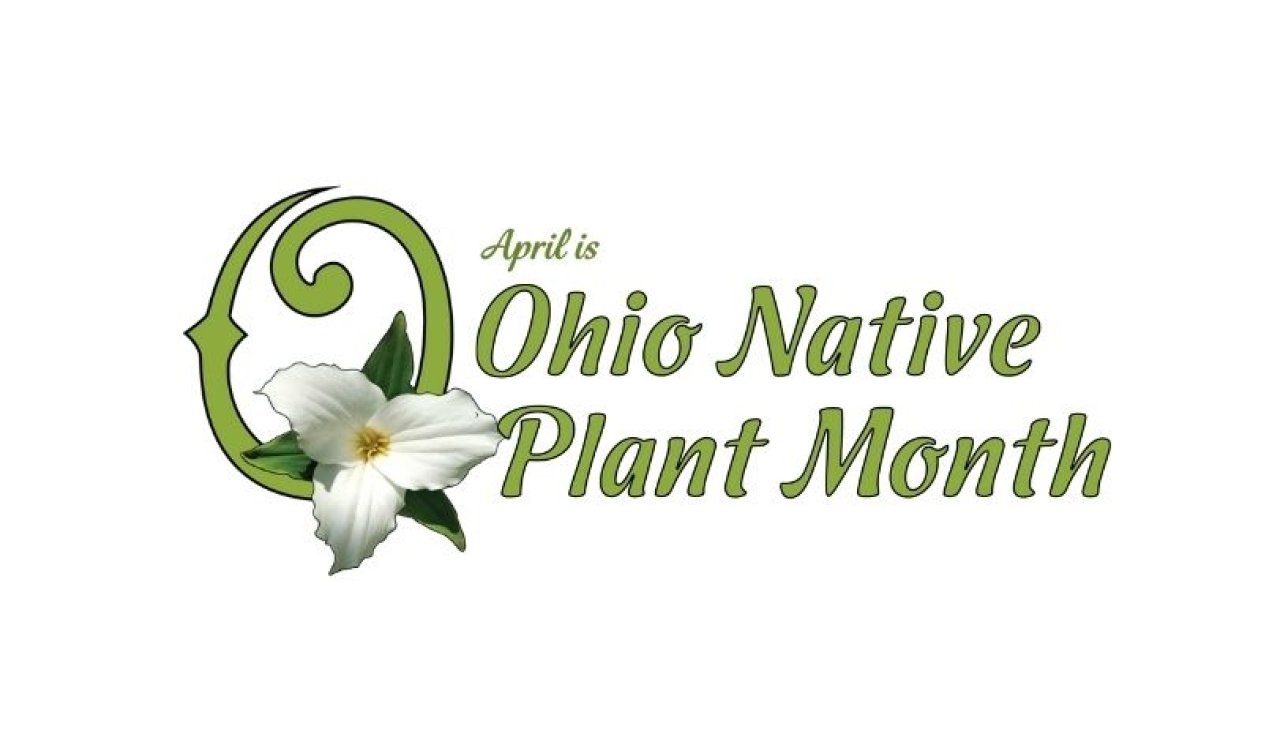
Native Plant Month

Did you know that April is officially Ohio Native Plant Month?
The need for incorporating native plants in our landscaping is at an all-time high as monarch butterfly populations are down 90% and bird populations are down 50% when compared to recent decades.
A native plant is defined as one that has evolved over thousands of years in a specific geographic region, alongside local flora and fauna without human intervention. In other words, native plants are those that grow naturally in a region in which they evolved. Native plants are unique because they have evolved over thousands of years alongside bees, birds, and other wildlife making the relationship irreplaceable with non-native plants. They are essential at providing nectar for pollinators including hummingbirds, native bees, butterflies moths, and bats.
In addition to providing food for wildlife, native plants come with a long list of benefits:
Low maintenance – Native plants naturally grow in your region so once they are established they generally require little to no maintenance.
Color – Many native plants offer showy flowers, produce colorful fruits and seeds and brilliant seasonal changes- giving you great color from the start of spring through fall.
Climate Change - Landscaping with native plants can combat climate change. In addition to the reduced noise and carbon pollution from lawn mower exhaust, many native plants are effective at storing the greenhouse gas - carbon dioxide.
Reduced Chemicals- The traditional suburban lawn, on average, has 10x more chemical pesticide per acre than farmland. By choosing native plants for your landscaping, you are not only helping wildlife but you are creating a healthier place for yourself, your family, and your community.
Water Conservation - Native plants require far less water because they are adapted to local environmental conditions.
Not sure where to start? Here are 10 easy growing native plants that you can try growing today!
1. Wild Aster
2. Orange Coneflower
3. Dense Blazing star
4.Virginia Bluebells
5. Switchgrass
6. Rocky Mountain Penstemon
7. Wild Red Columbine
8. Plains Coreopsis
9. Sunflower
10. Adam’s Needle Yucca
Once you’ve chosen your favorite natives try one of the following ways to incorporate them into your landscaping; integrate them into your perennial boarders, naturalize a large area such as a meadow of woodland with more aggressive natives, create a rain garden or butterfly garden, reduce the size of your lawn by adding a bed of native plants.
A member of our design team would be happy to come out to discuss the best way for you to incorporate native plants into your existing landscaping, call us today!







